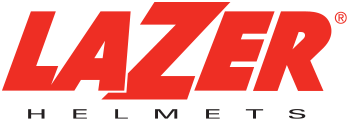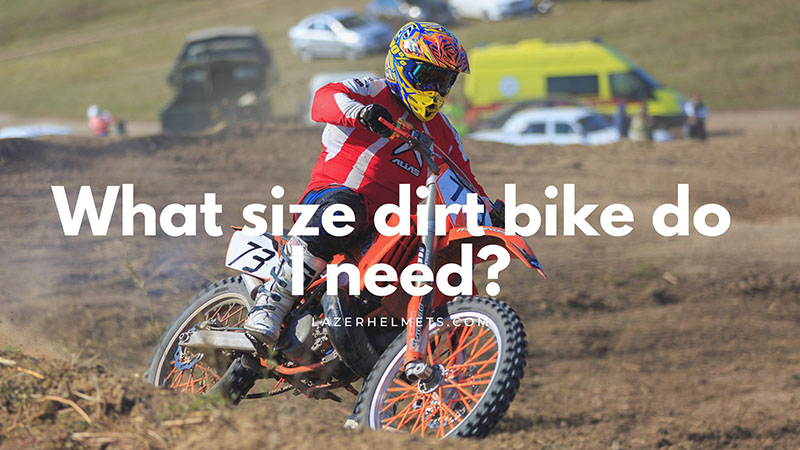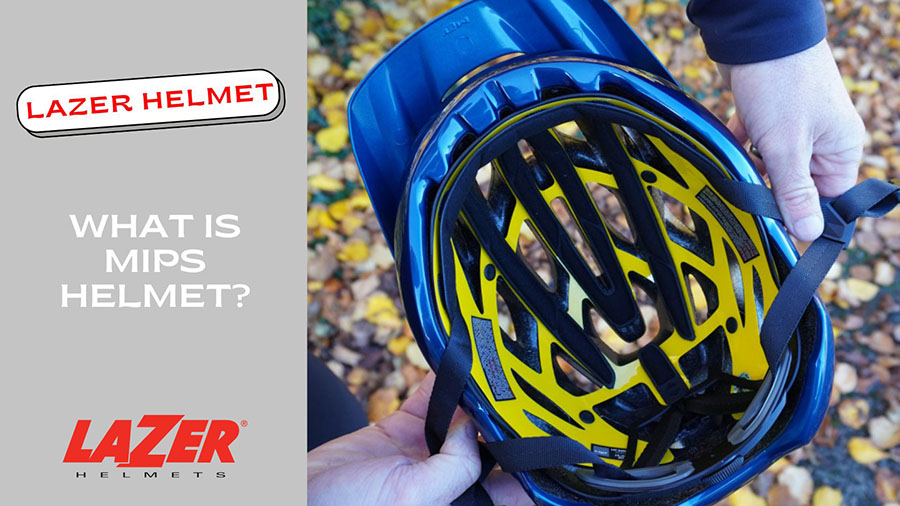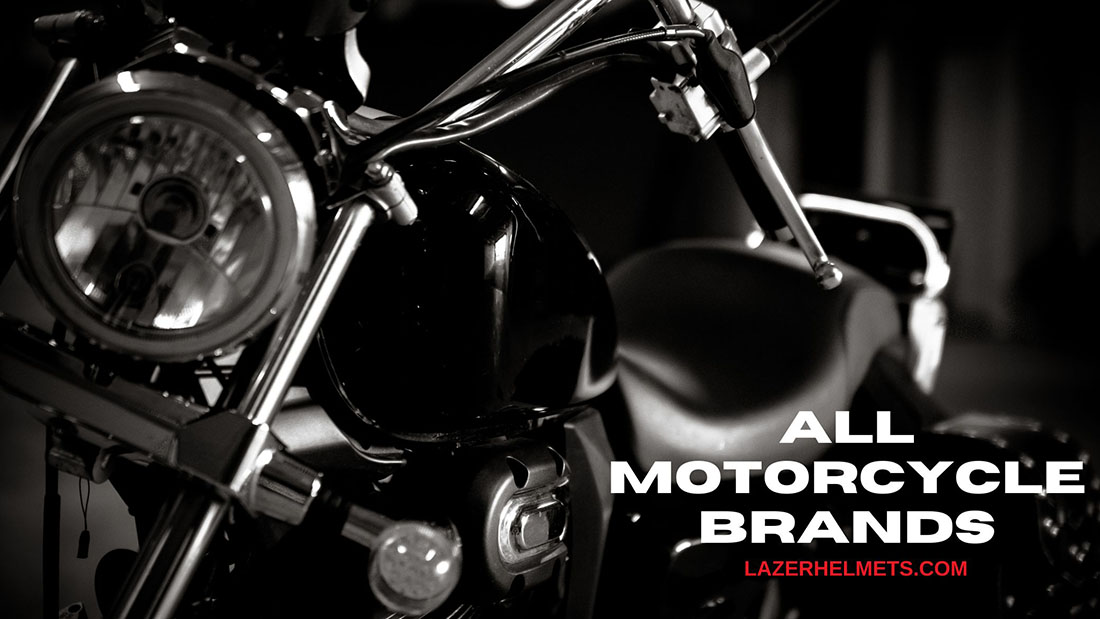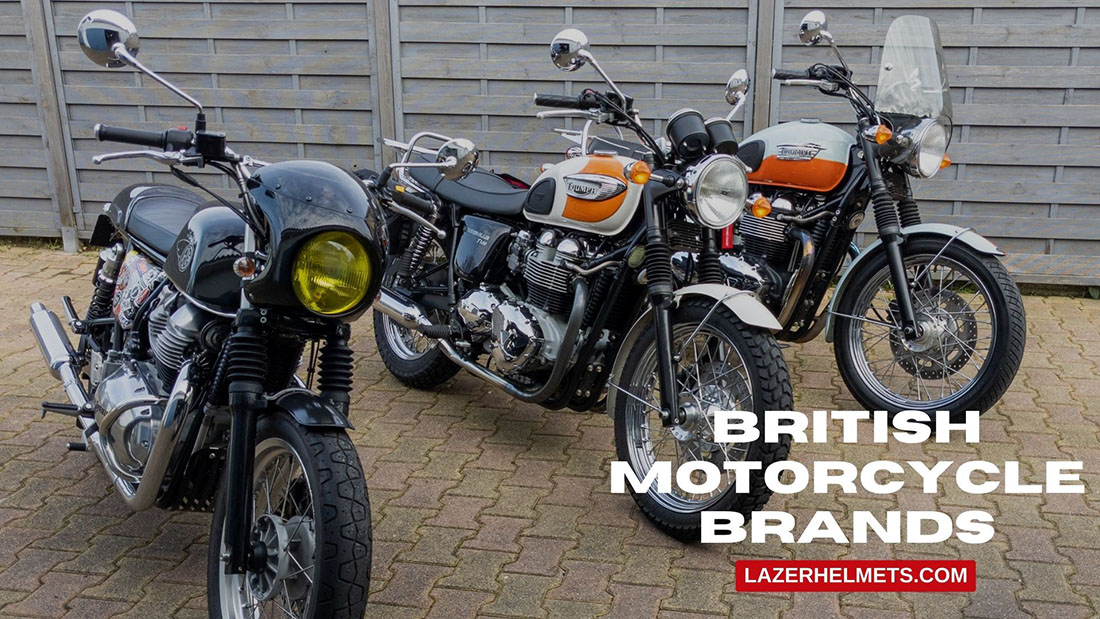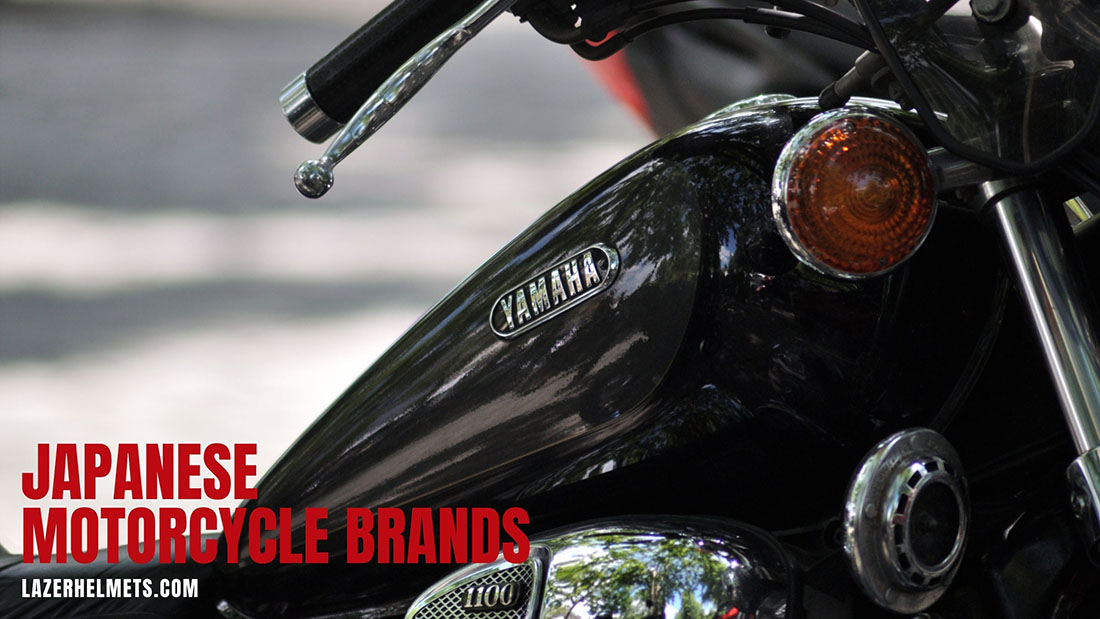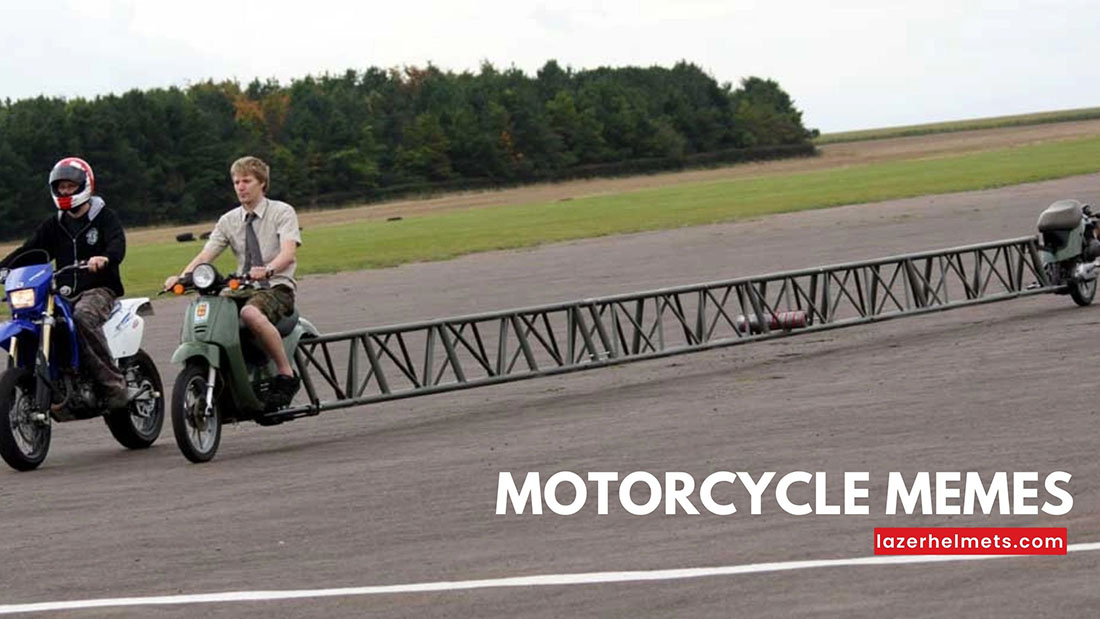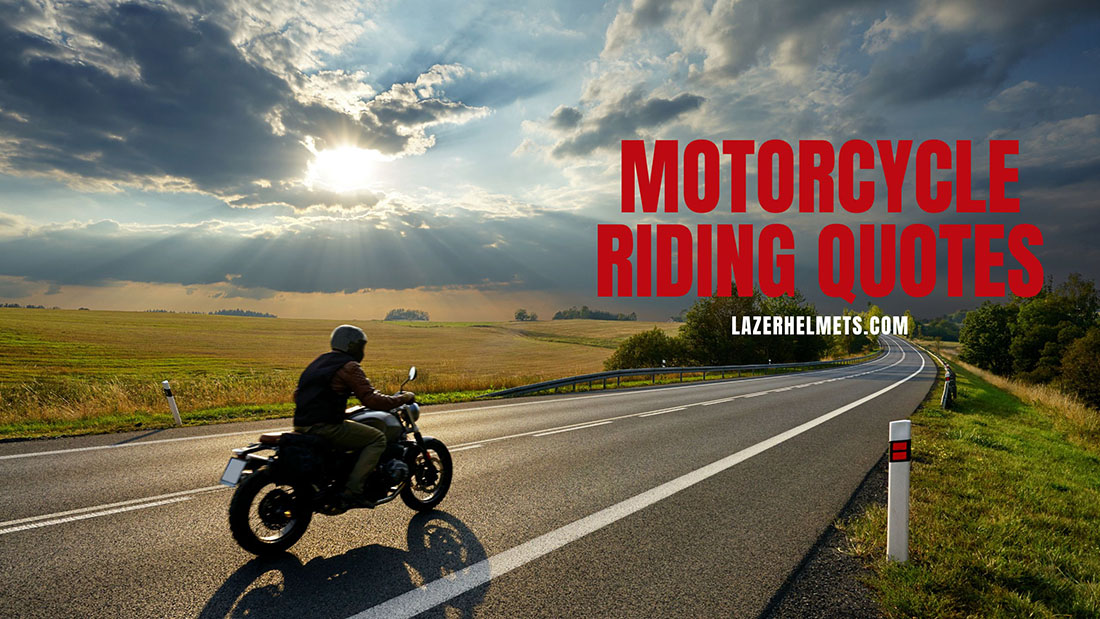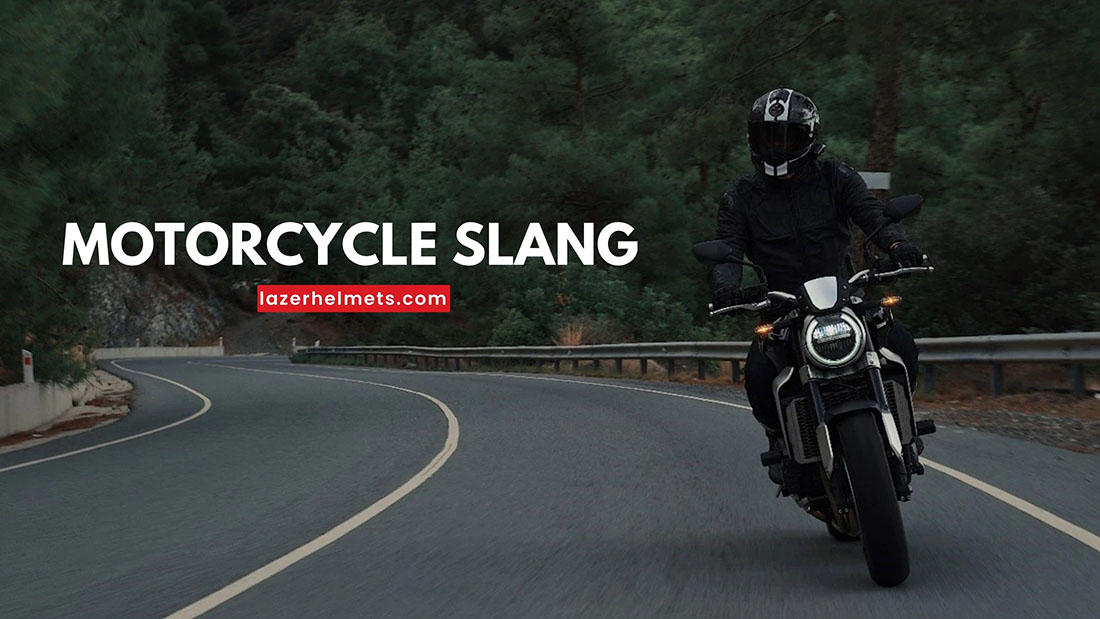Unlike with other motorcycles, choosing dirt bikes is a more headache-inducing dilemma due to their complex structures and niche usage (not suited to common streets and roads).
Hence, paying close attention to their sizes and frames is all the more necessary. Trust us; you will not want to stick with a substandard, ill-fitted dirt bike in all races and competitions!
This article from Lazer Helmets will lend a helping hand with an inclusive overview of different size dirt bikes. You will easily find the most suitable option here – regardless of your height, body size, and other measurements.
Table of Contents
What Dirt Bike Should You Get?
Though many other factors influence how a bike performs, sizings and fit still play the most critical role. Imagine a tall person squeezing into shorter bikes or vice versa; that certainly can NOT be a nice experience!
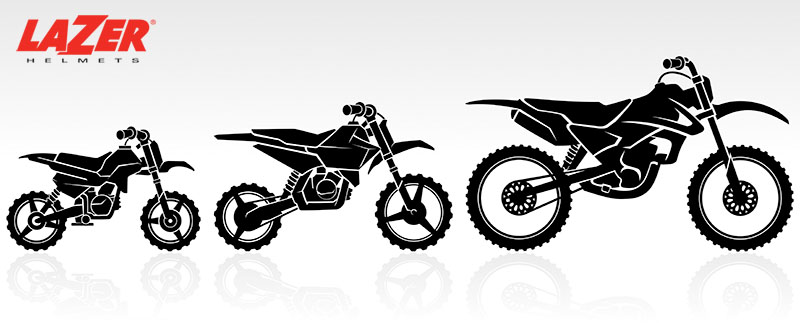
1. Height Dirt Bike Sizes for Adults and Kids
The dirt bike size charts here can help both kids and grown-ups estimate the right bike sizes for their bodies. Take a look!
| Riders (feet/age) | Rider height (in cm) | Seat heights (in inches) | Engine capacity (cubic centimeters) | |
|
3-6 yrs old |
90 to 110 | 23 to 24 | 50 | |
|
5-8 yrs old |
120 | 23 to 25 | 50 | |
|
8-9 yrs old |
133 | 24 to 26 | 50-65-110 | |
|
9-10 yrs old |
140 | 24 to 26 | 50-65-110 | |
|
10-12 yrs old |
143 | 26 to 31 | 110 or 125 | |
| Adults | 5’2” | 157 | 31 to 35 | 125 |
| 5’8” | 172 | 34 to 38 | 125 or 150 | |
| 5’4” | 162 | 33 to 36 | 140 | |
| 5’6” | 167 | 34 to 37 | 140 or 150 | |
| 5’10” | 178 | 35 to 39 | 250 | |
| 6’ | 182 | 37.5 | 450 | |
Adults and children over 12 can jump onto six-speed dirt bikes immediately. Nevertheless, big powerful bikes might be too challenging for total beginners, so we suggest starting small and climbing slowly up.
a. 3 to 6 years old
Kids in this age range have likely never ridden a dirt bike before. Hence, experts recommend bikes with 50cc engines with go and twist throttles.
The children can learn to balance and ride under power better this way. At this point, there’s no need to concern themselves with gears and clutches!
b. 6 to 8 years old
Between ages 6-8, children that have already been familiar with go-and-twist dirt bikes will adapt well to semi-automatic 50cc models and improve their shifting. However, if they are first-timers, taller designs for the go-and-twist system might suit them better.
8 to 11 years old
Your kids are old enough to grip standard gearboxes, so mini 65cc or 110cc dirt bikes will be a wonderful choice, boasting similar controls and features as full-sized bicycles for adults.
But what if they never rode a bike before? 50cc options would be safer. Once the child masters them, you can let them move on to clutched bikes later.
c. 11 to 14 years old
The issue can be much trickier since children’s weights and heights vary massively. Finding two 12-year-old children with similar body measurements is difficult!
Hence, your observations on the child’s riding skills and experience level matter the most. Based on how they perform, you may choose engines from 4-stroke 110-125cc to 2-stroke 80-100cc. The more experienced your kid is, the quicker he can move to bigger engine capacities.
d. 15 to 17 years old
Again, expect dramatic variations in the child’s weight and height here. While some children are good enough to step on adult bikes completely, others still need to use smaller bicycle models.
Great beginner choices are 4-stroke 125-150 cc or 2-stroke 100-125cc dirt bikes.
e. Adults
Adults never riding a bike in their childhood is rare, but if that’s your case, starting immediately on race bikes is not a great idea. Get some grips with 4-stroke 125-250cc first.
On the other hand, average/advanced dirt bike riders (with at least one year of experience) will do well with 2-stroke 125cc or 4-stroke 250cc. Much larger ones (like 450cc dirt bikes) are a menace even for professionals, so do not jump straight on them!
2. Ideal Size of Dirt Bike for Each Brand
Some brands also have detailed information regarding their perfect dirt bike sizes, engine capacity, and seat heights, which you might need.
| Bike Name | Seat Height (in cm) | Seat Height (in inches) | Engine Size (cc) |
| KTM-125 SX | 96 | 37.8 | 125 |
| KTM-250 XC-W | 96 | 37.8 | 250 |
| Yamaha TTR-250 | 91 | 35.8 | 250 |
| Yamaha TTR-230 | 87 | 34.3 | 223 |
| Kawasaki KLX-140G | 86 | 33.9 | 140 |
| Suzuki RM-85 | 85 | 33.5 | 84.7 |
| Kawasaki KLX-140L | 83 | 31.5 | 140 |
| Kawasaki KLX-140 | 81 | 30.7 | 140 |
| Honda XR-100 | 78 | 30.5 | 100 |
| Kawasaki KX-65 | 76 | 29.9 | 64 |
| Kawasaki KLX-110L | 70 | 28.5 | 110 |
| KTM 50XS | 68 | 26.7 | 49 |
| Honda CRF-110F | 68 | 26.3 | 49 |
| Yamaha TTR-110E | 68 | 26.4 | 110 |
| Yamaha TTR-50E | 56 | 21.9 | 49 |
How to Choose The Perfect Bike Based on Your Weight and Height
The chart might help speed up your decision-making, but you should not only pay attention to the mere numbers and charts on paper. It’s also important to testify your height and weight in actual tests.
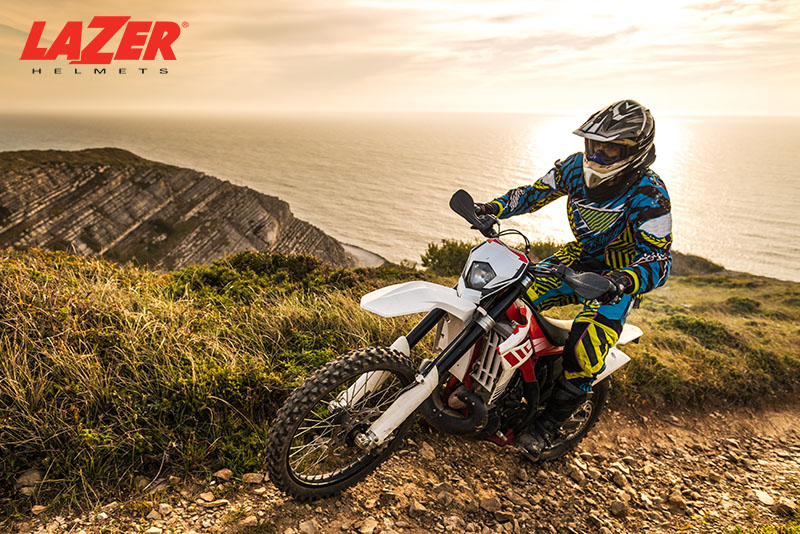
1. Your Height
First, assess the overall size bike based on our charts above. After that, sit on this bike to observe its actual compatibility with your body and stature. After all, even two people of similar heights share different proportions: some might have taller torsos, longer arms, or shorter inseams!
Also, try to lean your upper half a bit forward and inspect your feet position against the ground.
Are you flat-footed while sitting straight up? Then this model is likely a bit too small, which might put extra weight on the suspension and hamper your experience on bumpy or rocky trails.
On the other hand, have you found it impossible to stand straight up on the bicycle? Or do you need to use every toe’s tip to maintain balance? Then opposite to the first case, the bike might be too large for your frame this time.
The best scenario is that you can easily put at least 1/3 of the foot flat, avoiding both tip-toe unbalance and flat-foot issues. In case big bumps head your way, putting down your feet to handle the bike will be a piece of cake.
2. Your Weight
Let’s say one beginner rider weighs below 100 pounds, and another, a more experienced one, weighs about 200. The suspension amount in their bikes will fluctuate significantly! Now you understand why factoring in body weight is important.
In theory, beginners should not start with small bikes since that might dramatically influence the suspension. But ironically, real-life experience has proven that first-timers learn much more quickly on small bikes than on bigger ones.
So try to find some balance there: purchase motorbikes that are small, but not that small. How, though?
With people under 150 pounds, something below 250cc would be a great starting place; they can navigate around the bike’s weight and height better this way.
How about bigger riders? What is the size of a dirt bike for a 200-pound man?
In these cases, the ride must have enough suspension and grip to conveniently plunge any path – which is why a middle area between 250 and 450 cc is recommended.
Still, experience always takes the biggest role – whether you are taller or heavier. Even when your weight qualifies for 450cc, choosing such a large engine capacity might be too much if you have never ridden a bike before.
See more:
Other Critical Steps to Choose The Best Dirt Bikes
1. Decide Between Price and Quality
Most motorcycles (not just dirt bikes) vary in cost depending on types, brands, models, and material quality. We must also consider other add-ons and accessories (ex: saddle bags or baskets).
- Check whether the bike’s frame is compatible if you want to mount saddlebags, baby seats, or baskets. Some shops offer complete assemblies that already have these devices attached.
- If you want to add many more accessories, do not buy ones from any big box store.
While the low price seems alluring, these trail bikes never provide proper attachment construction. Not to mention, their materials are less than average, which means extra weight might break them down or make them completely malfunction.
- Ask yourself how often and how long you plan to use this dirt bike. Frequent usages demand higher-quality purchases – with lightweight and durable materials – to last longer and perform better. Otherwise, you can settle for something more affordable.
2. Do Not Just Sit On The Bike; Test How It Rides!
Before any purchase, do not forget to test-ride it. Test rides give you a deeper understanding of the bike feels and structure – something no mere books and manuals can offer.
Plus, getting a beast that fits you right away will be much more convenient than adjusting an oversized/undersized one!
Does the shop refuse to let you try out their products? Then you can go to other shops or borrow similar bikes from a family member or friend.
Ride around at least one block and learn to get comfortable with the bike; ensure all important components, like brakes, shifters, and handlebars, are within reach.
Also, do not forget to inspect the brakes and gears, confirming you can brake and shift gears fast without trouble. A good motorbike should be highly responsive, not requiring much force and effort from you!
While at it, practice corner-turning to adapt to the bike’s maneuverability; after all, some require more maneuvering precision than others due to their weight being lighter than average.
If all you feel is pure discomfort, ditch that bicycle to try other options. Keep testing till you land on something more natural.
3. Consider Between Buying or Having The Bike Assembled by Professionals
This tip is particularly important for those with equipped derailleurs to keep the chain 100% intact.
Professional bike builds ensure every bolt, nut, and accessory is correctly tightened and installed. That would be great news for those new to cycling; they never have to worry about misalignments or wrong bike tuning!
Even better, the experts will double-check that every bike component (accessories, saddles, position, etc.) are outfitted right for you. They take your body measurements and tailor the bike based on that, keeping dangerous riding conditions at bay!
Nevertheless, buying prefix bikes (no assemblies needed) is also a good option if you have already been a loyal customer of the shop or are content with how the original model performs.
How to Lower or Raise Your Dirt Bike Seat Height for A More Proper Fit
1. Lowering The Seat
Step 1. Shave the foam down to prevent back pain or discomfort.
Step 2. Buy replacement seats from the stores. Ask yourself which size and styles suit you best.
Step 3. Raise the rear shock preload before removing your old seat. Install the new one and ride a few rounds to test how it fits.
Step 4. Adjust the height preload of the front forks by 3-4 turns. It will bring the seat to the lowest height.
Step 5. Lower the bike’s stock suspension and replace the tubes with smaller ones. They will cut down the extra weight/pressure on your front tire.
Step 6. Keep making necessary changes during your trip. Your body will need some time to adjust to these minor modifications, so be patient!
2. Raising The Seat
Like how you lowered the seats, raising them using similar steps described above is also possible. Follow the same guideline while taking down these notes:
- Harder foam can raise the height by at least two inches.
- Raise the suspension’s sag settings to gain better height adjustments
- Since the seats are raised, do not forget to change your handlebars to taller positions, too. Only then can you ensure a proper riding posture.
FAQs
You can get one for a price of $3,000 below. However, 250cc motocross bikes can be quite pricey, costing $8,000 to $10,000.
How Big Is A 250CC Dirt Bike? Is It Too Much For Beginners?
250cc bikes can have big and high seats, from 35 to 37” (89 to 95 cm). Regarding whether they are great for beginners, the most common opinion is Yes – though that also depends on the rider’s skill level.
Which Is Easier to Ride: 250 or 450?
Obviously, 250 is the answer. 450, as we already said, can challenge even seasoned riders.
How Fast Is A 300CC Bike?
Its average speed can reach 160km (100 MPH).
Do Dirt Bikes Need Licenses?
No, in most places. Still, there are exceptions, so double-check the local laws to make sure.
For more: are dirt bikes street legal?
Conclusion
The power, size, and cc of dirt bikes are thoroughly covered in our insightful chart, ensuring everyone (from small kids to adults) can spot the most appropriate bike models.
Still, reading the chart is one thing; using the bike in ACTUAL practice might bring entirely different experiences. Refer to our buying guides above for more smart tricks and advice!
Consider adjusting the bike’s seat if necessary. If you struggle with that or any other issues, contact us via our DM or the comment section.
